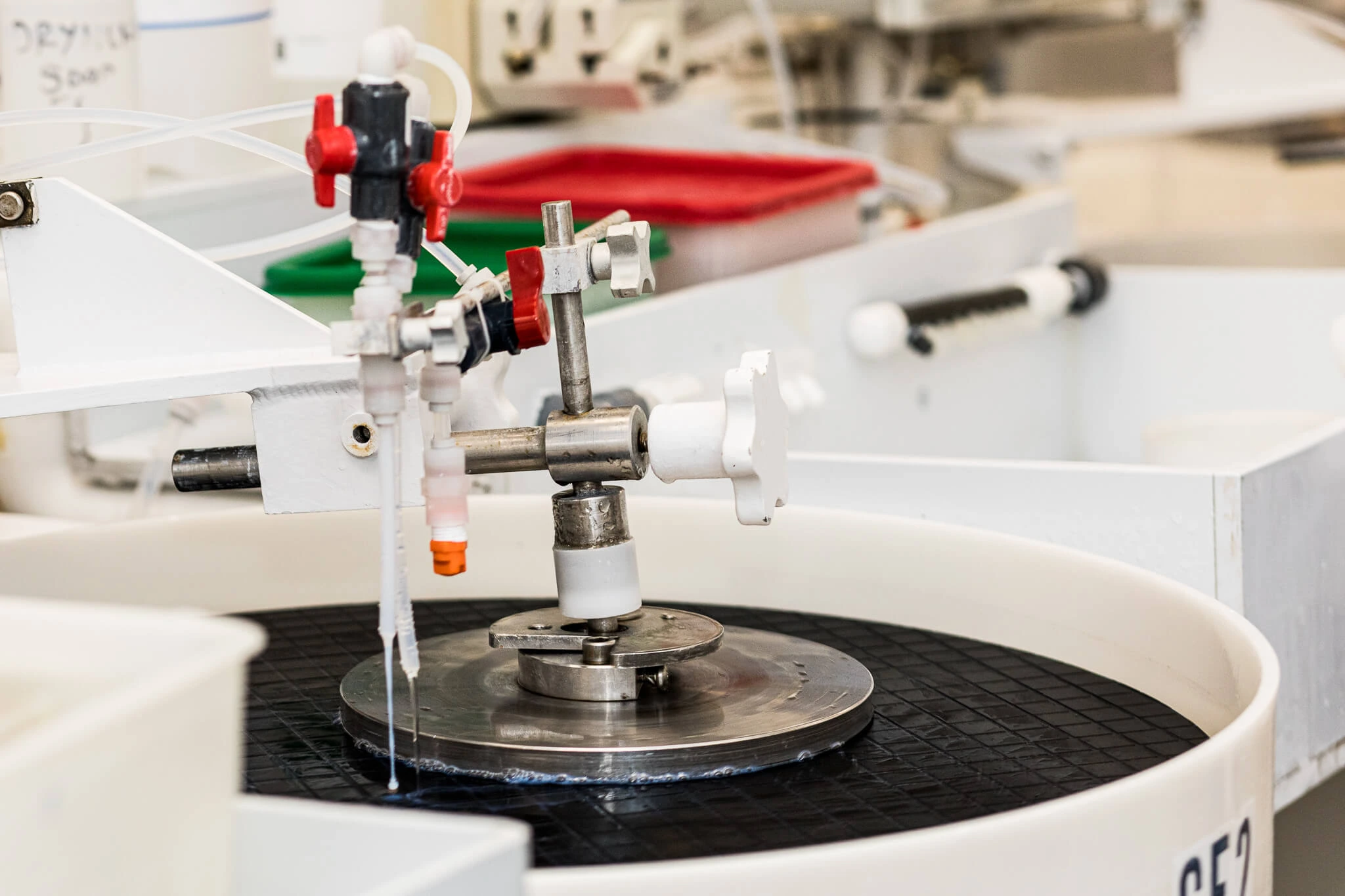Thermal cycling—the repeated heating and cooling of a material or device—is a serious reliability issue in semiconductor devices. High-performance or harsh-environment applications are especially sensitive to thermal cycles. For that reason, engineers need to understand how various materials, from CZ silicon to a float zone wafer, react to these temperature changes.
Luckily, through careful material selection and more resilient system designs, the damaging effects of thermal cycling can be significantly reduced, leading to longer-lasting and more reliable electronic devices.
Thermal cycling is the process through which the temperature of semiconductor devices fluctuates repeatedly. These cycles may be caused by environmental factors, such as variations in the surrounding temperature, or by normal operation—that is, simply turning on and off the device (while being used, the device will warm up, and when turned off, it cools down).
Depending on the application and the surroundings, the temperature range and the speed at which these changes occur can differ greatly. Over time, these temperature fluctuations could cause the device to deteriorate mechanically and electrically.
To exacerbate the situation, thermal cycling has a cumulative effect. This means that, while damage may only be microscopic during each cycle, it builds up over thousands or millions of cycles, eventually impacting performance. But, first things first, how does thermal cycling affect semiconductors?

One of thermal cycling's main effects is the mechanical stress it places on semiconductor materials, which expand and contract with temperature changes.
This repeated expansion and contraction can cause metal fatigue, microcracks, or even catastrophic failure in the semiconductor structure. Over time, mechanical stress can impact the device's reliability and longevity.
Each material used to make semiconductor devices has a unique coefficient of thermal expansion (CTE). Differences in expansion rates can result in a phenomenon known as thermal mismatch.
This mismatch can increase stress and cause failure or delamination at the interfaces between various materials. Delamination is the separation or peeling apart of layered materials within a semiconductor device, and it can affect the device’s performance.
A semiconductor device’s electrical performance can also be affected by thermal cycling.
Stress may change the electrical properties of the materials used in the device. Increased resistance, variations in threshold voltage, and changed switching characteristics are a few consequences of thermal cycling that could impact the device's overall performance.

To mitigate thermal cycling damage, semiconductor designers have several strategies.
The effects of thermal cycling can be lessened with sophisticated design strategies, such as stress-relief structures or the addition of compliant layers between various materials. These techniques aim to lessen the chance of damage by absorbing or redistributing stress.
Reducing the effects of thermal cycling requires efficient thermal management. Heat sinks, thermal interface materials, and active cooling are a few examples of solutions to maintain a stable operating temperature and prevent excessive temperature fluctuations.
For semiconductors to be considered reliable, they must undergo rigorous testing under thermal cycling conditions. Accelerated life testing, by simulating prolonged thermal cycling, enables manufacturers to discover possible failure mechanisms and enhance device designs.
To lessen the effect of thermal mismatch, engineers need to choose materials with compatible or matched coefficients of thermal expansion. Modern materials and composites are frequently employed to reduce heat stress and improve the dependability of devices.
Some ways in which different substrate materials respond to thermal cycling include:
Despite having sufficient mechanical strength and thermal conductivity, CZ silicon is more prone to micro-defects like oxygen precipitates and dislocations, which can act as stress concentrators, due to its impurity content. When subjected to frequent heat cycling, these flaws may act as sites for forming voids and microcracks.
Because it is grown without coming into contact with a crucible, FZ silicon is a high-purity substitute for CZ silicon that is free of oxygen contamination. This allows it to perform significantly better in the face of thermal cycling.
The material is resistant to delamination and microcracks even when exposed to high temperature gradients. It is particularly useful in high-temperature, high-power applications such as satellite systems, RF power devices, and IGBTs.
Indium phosphate (InP) has excellent thermal stability and electron mobility, but it is mechanically brittle compared to silicon.
Due to its low thermal conductivity and brittle nature, InP is more susceptible to thermal shock. Under repeated thermal cycling, InP devices are prone to crack formation and delamination, particularly when bonded to substrates with mismatched thermal expansion properties.
Mechanically, GaAs is more brittle than silicon, and its thermal conductivity is moderate, although lower than silicon's. GaAs-based devices must be carefully designed to accommodate thermal expansion mismatches with other materials.
When combined with other materials, germanium has a higher CTE and lower thermal conductivity than silicon, making it more vulnerable to stress.
Additionally, germanium is mechanically softer than silicon, which could be problematic when exposed to thermal cycling. In high-stress situations, the material's tendency to accumulate strain over time can result in plastic deformation or failure.

Semiconductor devices frequently undergo repeated heating and cooling processes, causing materials to expand and contract. Over time, this can lead to failures such as cracking, delamination, solder fatigue, and electrical disconnection.
Careful material selection and optimized design techniques are key to preventing these issues. Whatever your project, Wafer World has various types of substrates to help you explore all the possibilities. Contact us today, and let us help you find the best substrate for your needs!